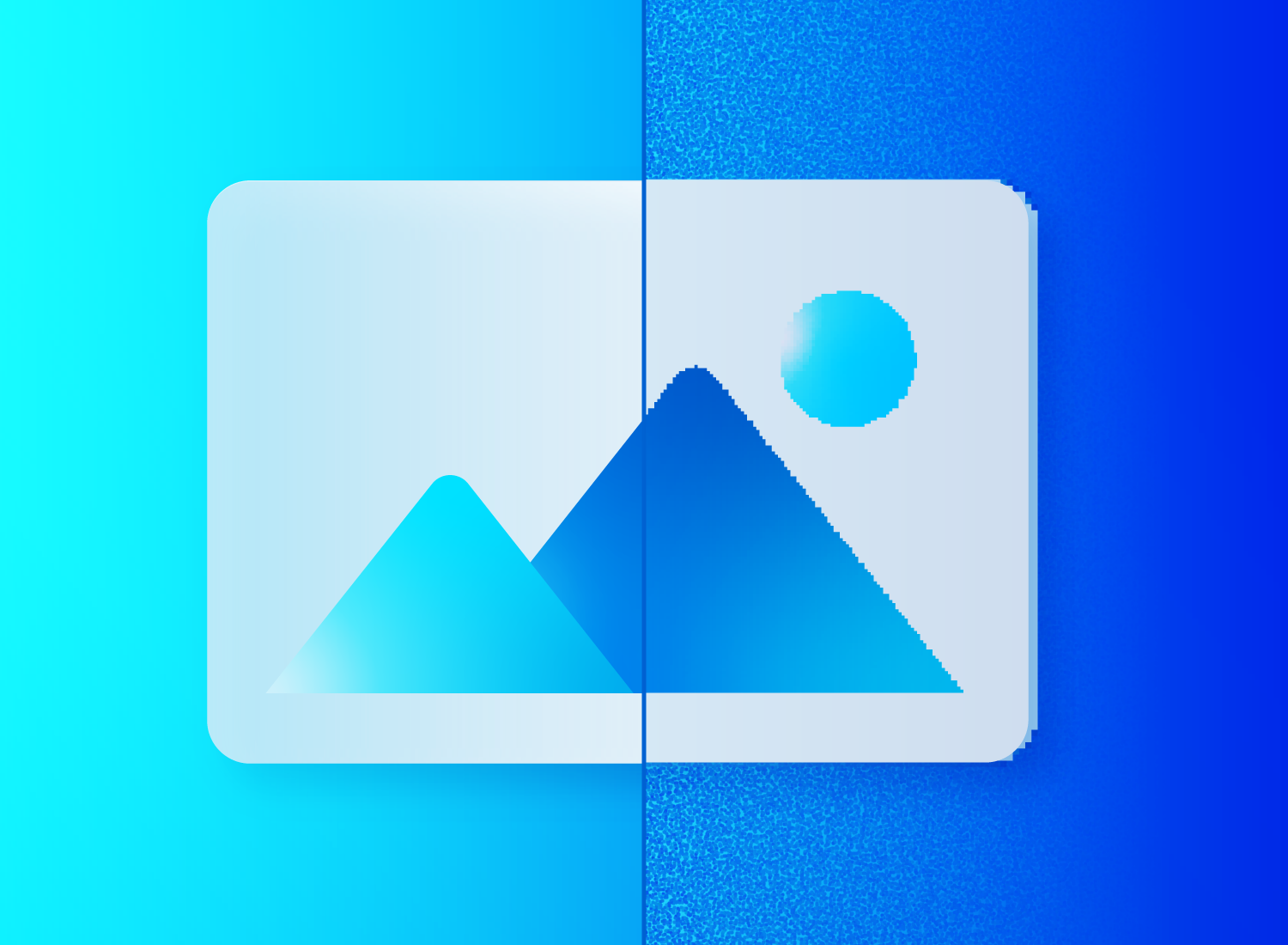NOUN
Web application that simplifies collaboration and product management for beauty manufacturers
The Purpose
Client: EZ Studio
Challenge: Transition manual, disjointed processes into a streamlined digital platform for beauty manufacturers.
Platform: Noun
Challenge overview
Imagine managing product workflows through spreadsheets, emails, and multiple disconnected tools. That was the reality for beauty manufacturers working with EZ Studio. Our goal as a UX team was to design Noun, a centralized platform to streamline communication, unify tools, and simplify complex workflows—all while ensuring it was intuitive and enjoyable for users.
Approach
As the UX lead, I collaborated with two talented designers. This study details our creative journey, highlighting how every step built upon the previous one and shaped us into better designers.
My Role
UX Designer Lead
Stakeholder Discovery: Learning the Pain Points
What we did
We conducted interviews with EZ Studio’s team and beauty manufacturers to map their current processes. They shared frustration about:
• Constantly switching between tools.
• Communication breakdowns between vendors.
• Lack of transparency in product workflows.
Why it mattered
We realized the problem wasn’t just complexity—it was inefficiency. Their tools didn’t “speak” to each other. This discovery set the stage for our core design principle: Unification through simplicity.
Creating Personas: Making the Problem Human
We developed four key personas:
1. The Manufacturer
2. The Fragrance Developer
3. The Formula Developer
4. The Packaging Vendor
Why It Mattered:
These personas became our north star, ensuring every feature addressed a real user’s needs. Understanding their pain points also gave us empathy, which fueled more creative and user-centered design solutions.
Mapping the User Journey: Connecting the Dots
We mapped the user journey for the four key personas to see how they connect. This helped us find ways to simplify steps and reduce mistakes. It also helped us decide which features to focus on for the MVP (minimum viable product).
Low-Fidelity Wireframes: Sketching the Vision
As a team, we sketched low-fidelity wireframes of Noun. I encouraged rapid ideation sessions, where we experimented with layouts, navigation, and feature placement. This step helped us clarify the app’s structure and identify potential usability challenges early. Collaboration also boosted creativity—our best ideas emerged from building on each other’s work.
Usability Testing with Prototypes: Refining the Design
Using mid-fidelity prototypes, we conducted usability tests with manufacturers and vendors. Their feedback revealed:
• The navigation felt cluttered.
• Users wanted quick access to project status.
• Communication tools needed more visibility.
Why It Mattered:
We simplified the navigation, added a dashboard for project updates, and designed an integrated messaging feature. Testing wasn’t just about fixing problems—it sparked creative solutions we hadn’t considered.
Final Design: Building Noun
The final design unified tools into one platform. Key features included:
• A centralized dashboard for project tracking.
• Seamless file-sharing and messaging between vendors.
• Automated notifications to reduce delays.
Why It Mattered:
Noun wasn’t just a tool—it was a transformation. It empowered manufacturers and vendors to collaborate efficiently, saving time and reducing stress.
Reflection: Becoming a Better Designer
This project made me a more creative and empathetic designer. Here’s how:
• From Stakeholders: I learned the importance of asking the right questions to uncover deeper problems.
• From Personas: I understood how putting myself in the user’s shoes sparks more impactful solutions.
• From Collaboration: Working with my team taught me that great design is rarely an individual effort.
• From Testing: I embraced iteration as a creative opportunity, not a setback.
Conclusion
Designing Noun wasn’t just about creating a web app; it was about solving real problems for real people. The platform transformed EZ Studio’s workflows and made life easier for beauty manufacturers. Most importantly, it showed me that great design is about connecting the dots—between tools, ideas, and people.
Let me know your thoughts or if you’d like a deeper dive into any step!




